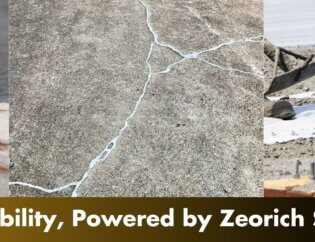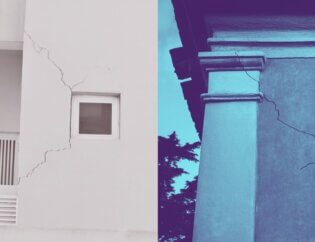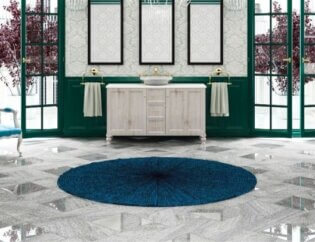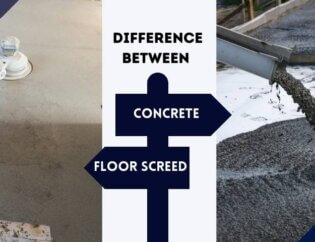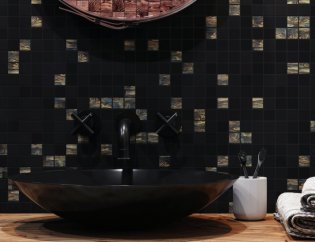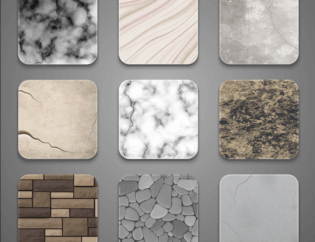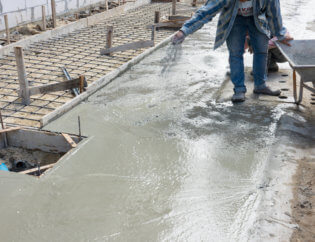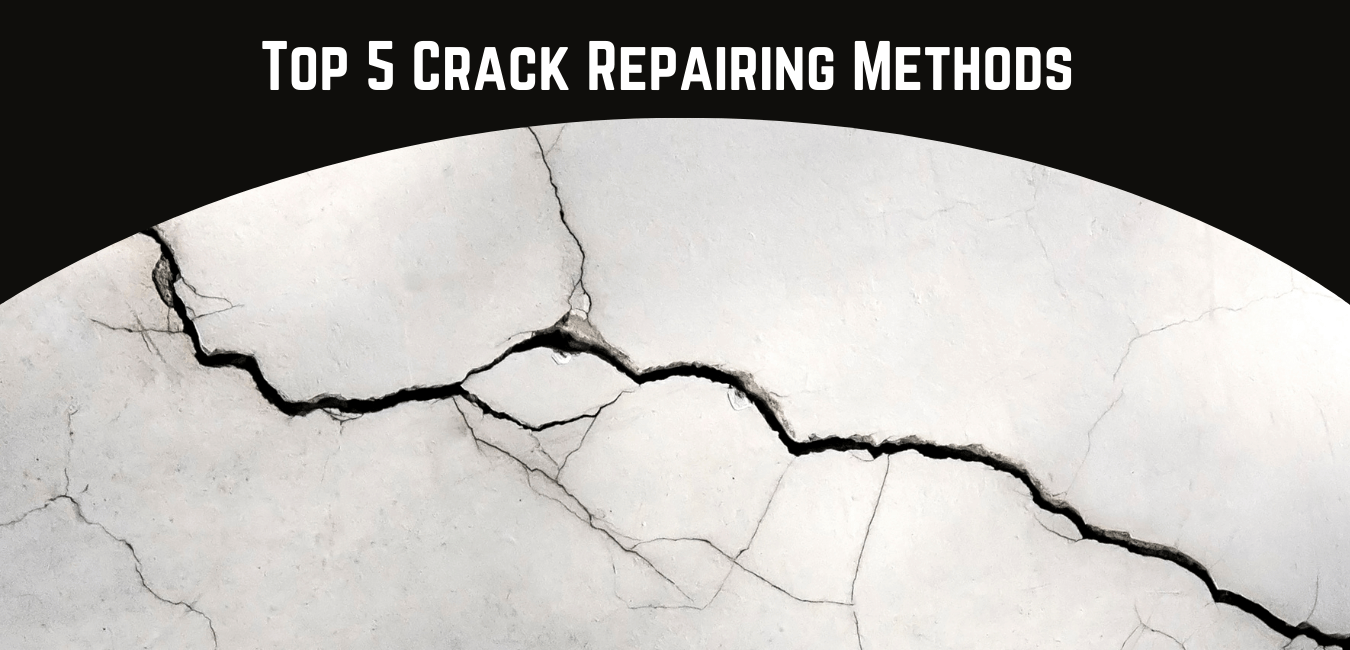
When we think of our most important place, the first thing we have in mind is our home. We spend a lot of precious time in our house. We live with our loved ones in our homes and those moments are the most important in our lives, and you don't want these moments to be ruined by any problem we have due to the poor structuring of our houses.
Crack Problems
Cracks in our homes are one of the most common issues. In general, the outside walls of our houses have a coating that protects them from the elements, such as the sun, rain, pollution, humidity & so on. As a result, it is the element that is directly impacted by these chemicals, and the first layer to fracture as a result. These protective layers need simple upkeep to keep the structure durable.
What are the causes for cracks
When looking at a crack in the coating, it's vital to figure out where it came from because it might be the result of deeper damage, or directly from the substance on which it's placed.
The collision of pressure changes in the structure, movements in the base, or natural settlements of the same building causes a structural fracture. However, they can also occur as a result of moisture absorption and retention, as well as low quality connecting materials like cement and plasters.
The most common causes, referred to as hidden defects, are poor material quality or insufficiency of the same during construction. The earth's natural movement, which includes mild to severe earthquakes, is another influence.
Water penetration into the walls is the most common, which makes them unclean and provides the perfect home for mites, fungi, and bacteria that can cause diseases and allergies.
The Method and Materials
There are a lot of methods that you can use to crack filling your house, and these are some of the best methods you can do:
Epoxy Injections:
You use this method to bond cracks that are having equal or greater than 0.05 mm opening, however, you should verify if there are no water leaks in the process.
You need to clean the cracked surface of all contaminants like dirt, oil, mildew before starting the procedure for maximum effect.
Once the epoxy is injected seal the outer surface with desired design requirements of the structure such as sealing the outer surface with cementitious material for exterior, Leaving to be shiny patch etc.
Once the process is finished give epoxy enough time to settle properly and dry.
Cement/Grout Crack Repair
In the case of big structures and concrete walls large-sized cracks formed, of course, always the best way and the best solution for every problem, including tiny or big cracks, is to prevent your structure from any type of problems. One of the best Wall Crack Repair Methods is to waterproof your house and fill any cracks seen in the structure.
Cement is still a widely used material to fill the crack, however, cement alone can not meet the complete demands of durability and waterproof cracks.
To attain durability and waterproof characteristics cement needs admixture to overcome shorthands of cement. There are a lot of products that can be used with cement you can choose whichever meets your requirement best.
The emulsion polymer styrene-butadiene (SBR) latex is widely utilised in a variety of industrial and commercial applications. SBR latex is classed as a copolymer since it is made up of two separate types of monomers, styrene and butadiene. Butadiene is a byproduct of ethylene synthesis, while styrene is made by reacting benzene with ethylene.
Filler acceptance and tensile/elongation balancing are two of the advantages of styrene-butadiene latex. Because of the copolymer's versatility, it can be mixed in an almost limitless number of ways to provide excellent water resistance and adherence to difficult surfaces. SBR latex's properties make it indispensable in an ever-expanding range of markets.
Routing and Sealing
It is the most commonly used method followed by the users as it is the least expensive option for crack filling.
The method is pretty simple you have to identify the cracks and make sure to expand the crack as much as needed to stabilize the surface then fill the crack with a suitable material like concrete and cement.
If you need additional tensile strength, you should mix with an admixture like SBR Latex, acrylic polymer, other bonding material. This method is best suitable for horizontal surface cracks such as floors, terraces, roads, footpaths, parking and industrial compound.
Crack Stitching:
Crack stitching is the patching and plugging of gaps and cracks in the mortar repair. This method can be used for major crack filling projects.
This method is mostly used to repair walls and to ensure the strength is reinforced.
The method requires drilling a hole on two sides of the crack and insert stainless steel bars and lock it with cementitious grout or other preferable grout material.
